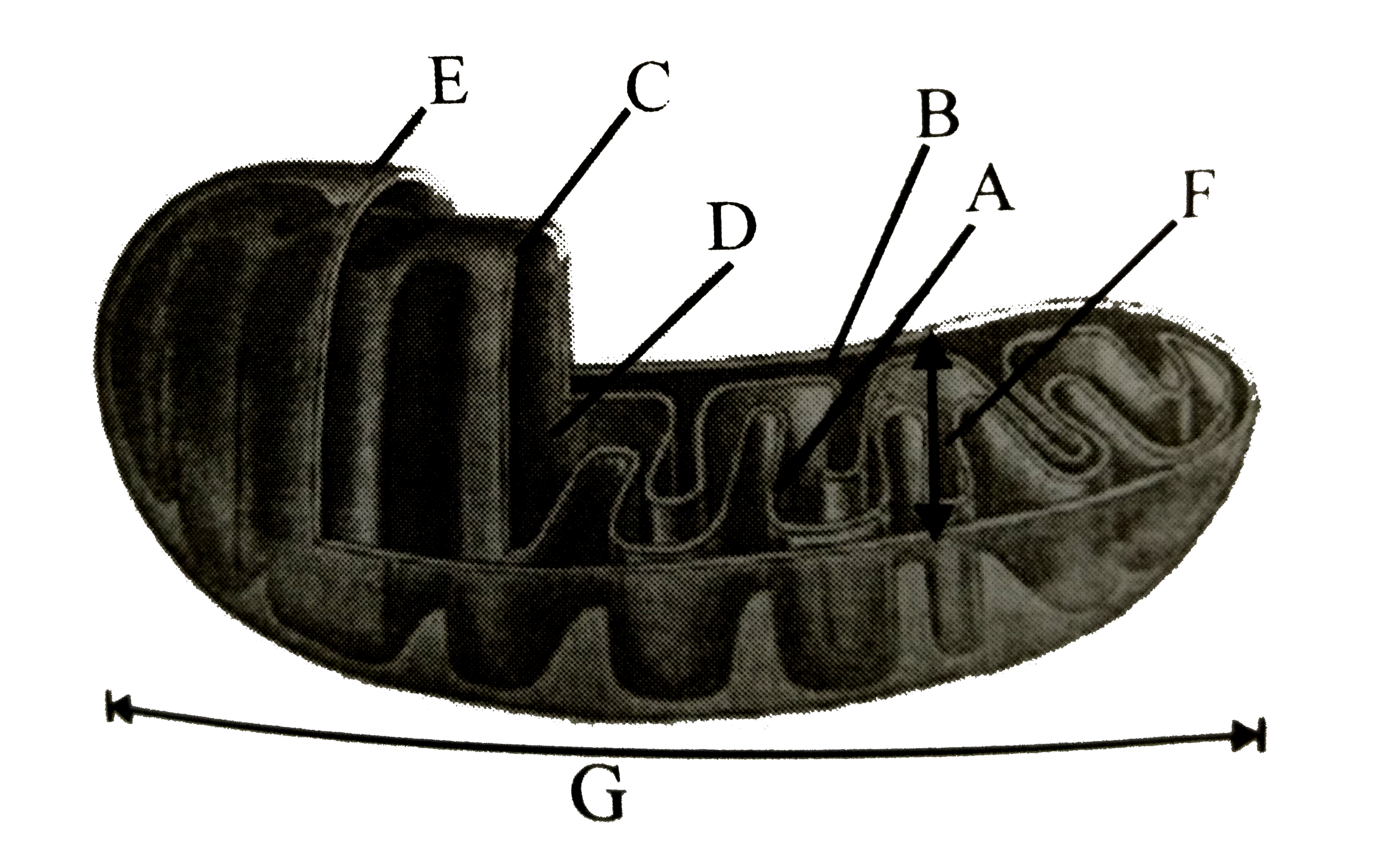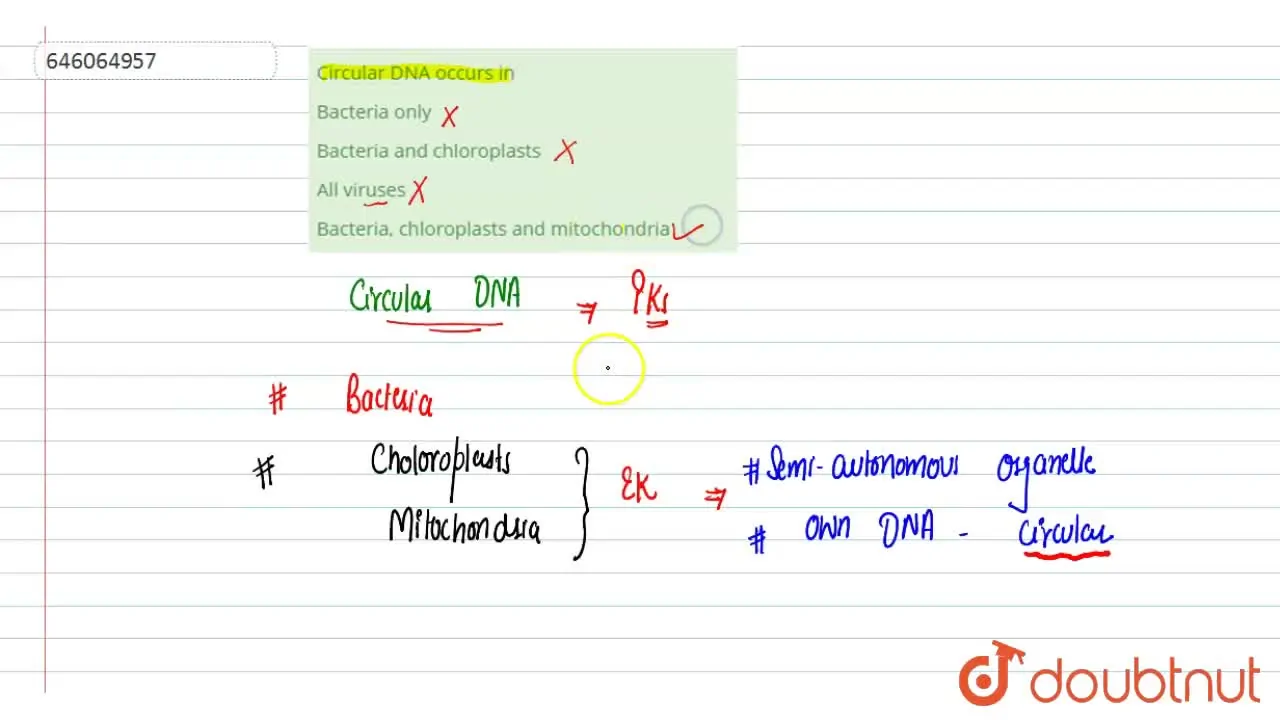Circular DNA occurs in
Bacteria only
Bacteria and chloroplasts
All viruses
Bacteria, chloroplasts and mitochondria
The correct Answer is:D
Step by step video & image solution for Circular DNA occurs in by Biology experts to help you in doubts & scoring excellent marks in Class 12 exams.
Related Playlists
- BOOK - DINESH PUBLICATION ENGLISHCHAPTER - STRUCTURE OF THE CELLEXERCISE - Check your Grasp17videos
STRUCTURE OF THE CELL
- BOOK - DINESH PUBLICATION ENGLISHCHAPTER - STRUCTURAL ORGANISATION IN ANIMALS EXERCISE - Check your grasp10videos
STRUCTURAL ORGANISATION IN ANIMALS
- BOOK - DINESH PUBLICATION ENGLISHCHAPTER - THE CELL : THE BASIC UNIT OF LIFE EXERCISE - CHECK YOUR GRASP12videos
THE CELL : THE BASIC UNIT OF LIFE
Similar Questions
Assertion: Extranuclear DNA occurs in the cytoplasmic matrix.
Reason: It leaks out via nuclear pores into the cytoplasm.View Solution
Single circular DNA molecule is found in :-View SolutionCircular and double stranded DNA occurs in -
View SolutionCircular single stranded DNA occurs in bacteriphage
View SolutionCircular DNA is present in
View SolutionHow many fragments will be generated on the digestion of a closed circular DNA molecule with a restriction enzyme having six recongnition sites on the DNA ?
View SolutionSelect the option that excludes characteristics applicable to plasmids
a. Circular DNA
b. Linear DNA
c. Present in all bacteria
d. Contain essential genes
e. Extra chromosomal self-replicatingView SolutionExtra chromosomal DNA occurs in
View SolutionRepetitive DNA occurs in
View Solution70S ribosomes, chromatophores and circular DNA, are found in
View Solution


